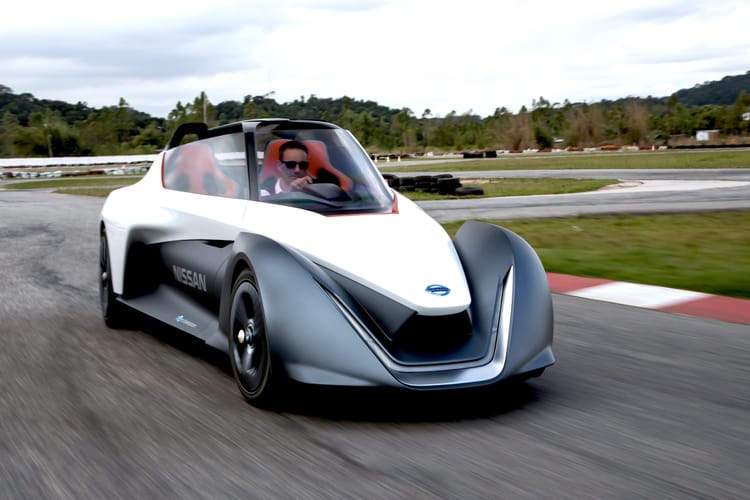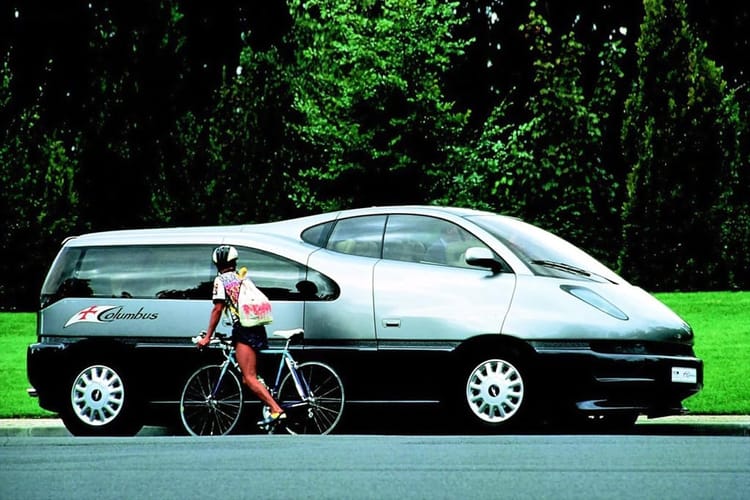Oltcit Club 11 R
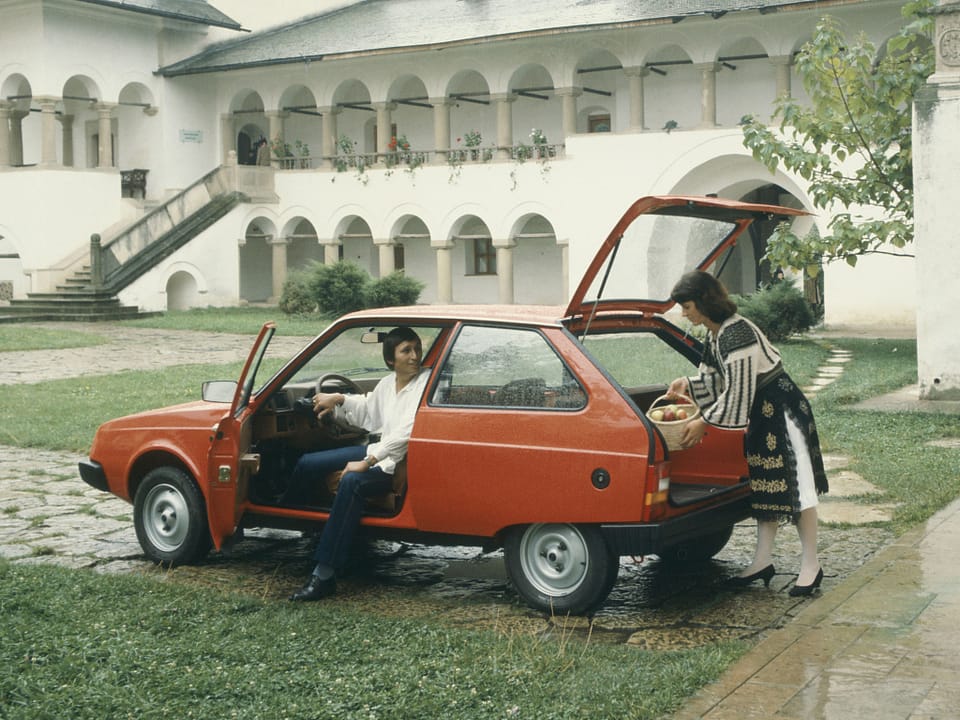
“What is this piece of shit?” you muttered while opening this story, eyes fixed on a familiar econo-3-box shape.
After a few decades of Cold War, it was apparent that the Iron Curtain was not as solid as the Soviet Union had originally hoped. One of the weaker links in the chain was thought to be in Romania, where by the 1970s, its dickweed leader Nicolae Ceaușescu had been investigating various tie-ups with the West.
Oil, loans, and exports were main areas of attention, with the Romanian government soliciting for partners in a new automotive venture intended to grow jobs and opportunities by the toils of an impoverished nation.
Volkswagen, Renault, and Citroën responded. Volkswagen dropped out, Renault began a partnership with Dacia instead, and after 13 months of negotiations, Citroën was awarded a manufacturing agreement.
Even considering the negative points of dealing with a capital C-ommunist country, the potential to have Romanian-manufactured Citroën-based vehicles on roads from St. Petersburg, Russia to Kabul, Afghanistan (with a portion of the profit returning to the West) was too good to pass up.
So, about that…
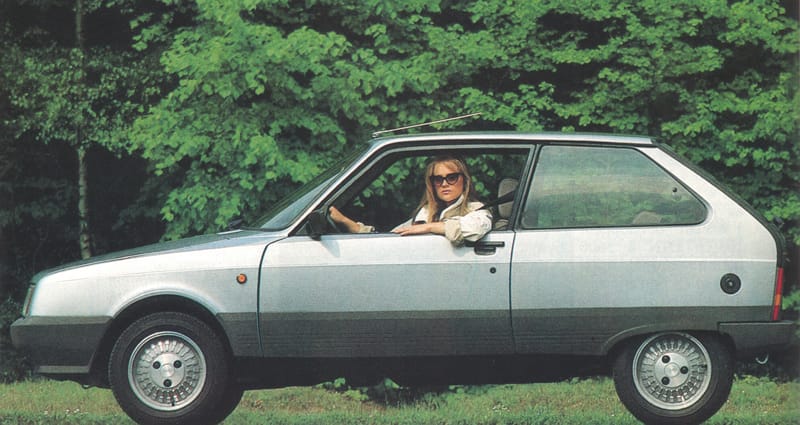
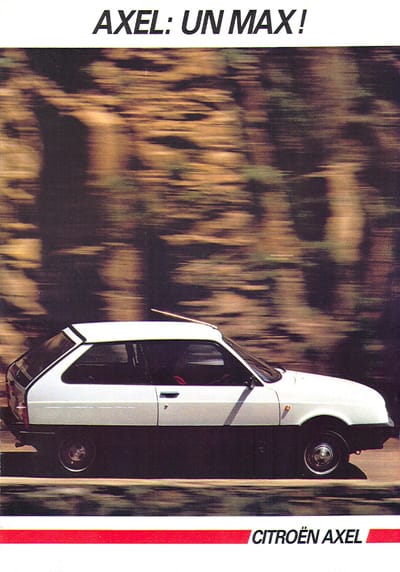
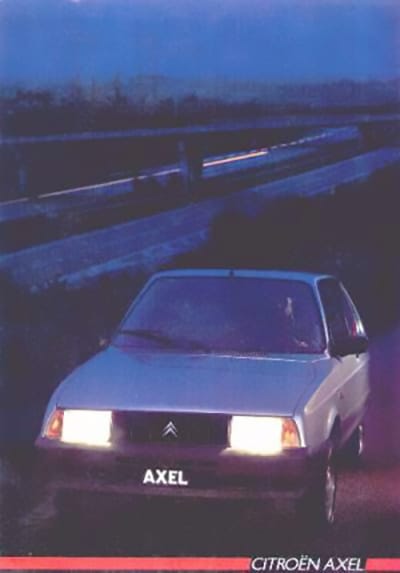
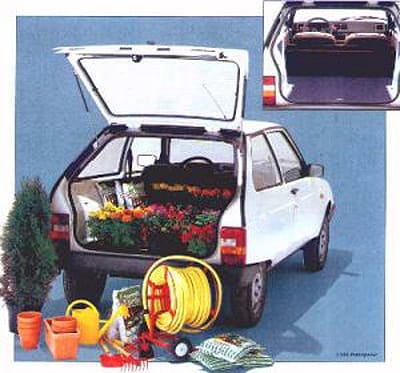
Citroën Axel promotional materials; note the slight improvement in exterior trim for larger markets such as Belgium and France.
The terms of the deal meant that Citroën was also obligated to purchase and re-sell Romanian-made products in the West.
In 1976, Oltcit was formed. It was a syllabic abbreviation of Oltenia, a province in Romania, and Citroën. The French carmaker got 36 per cent of the available shares, the Romanian government got 64 per cent, and both parties agreed that 40 per cent of the production could be exported.
Those cars, nerds, were also sold as the Citroën Axel as seen above.
Despite wanting to begin production within four years of their agreement, Romanian construction firms, government corruption, and other problems meant that the Oltcit facility was opened in 1980 — but was only ready for production in late 1982, with (nearly) full-scale production beginning in 1983.
The Oltcit Club began life as a proposed badge-engineered five-door Citroën-Fiat compact, but the project was shelved in the early 1970s after Michelin had sold the French carmaker to Peugeot. Deciding on specs was pretty easy: the Oltcit would be a three-door version of that project, code-name ‘TA,’ as the extra two doors just increased cost and manufacturing complexity.
It would need great ground clearance, a soft (torsion bar!) suspension, a robust electrical system, and great insulation for coping with Romanian weather. In Spécial trim, it was powered by a flat two-cylinder engine from the Citroën Visa, but the 11 R variant was fitted with a flat four-cylinder engine from the Citroën GS. Spicy.
Top speed? 150 km/h (93 mph), with fuel consumption at 6 L/100 km (40 US mpg). A four-speed manual was the only transmission available in the 11 R and 11 RL models, with a slightly upgraded engine and five-speed manual offered in the Oltcit Club 12 TRS.
A decent little car.*
* For the first 2,000 km of ownership or 2 months, whatever comes first. In fact, warranty claims are said to have cost Citroën about $100 Usd. in warranty claims. Make car, sell car…lose money — happens to the best of ’em.

